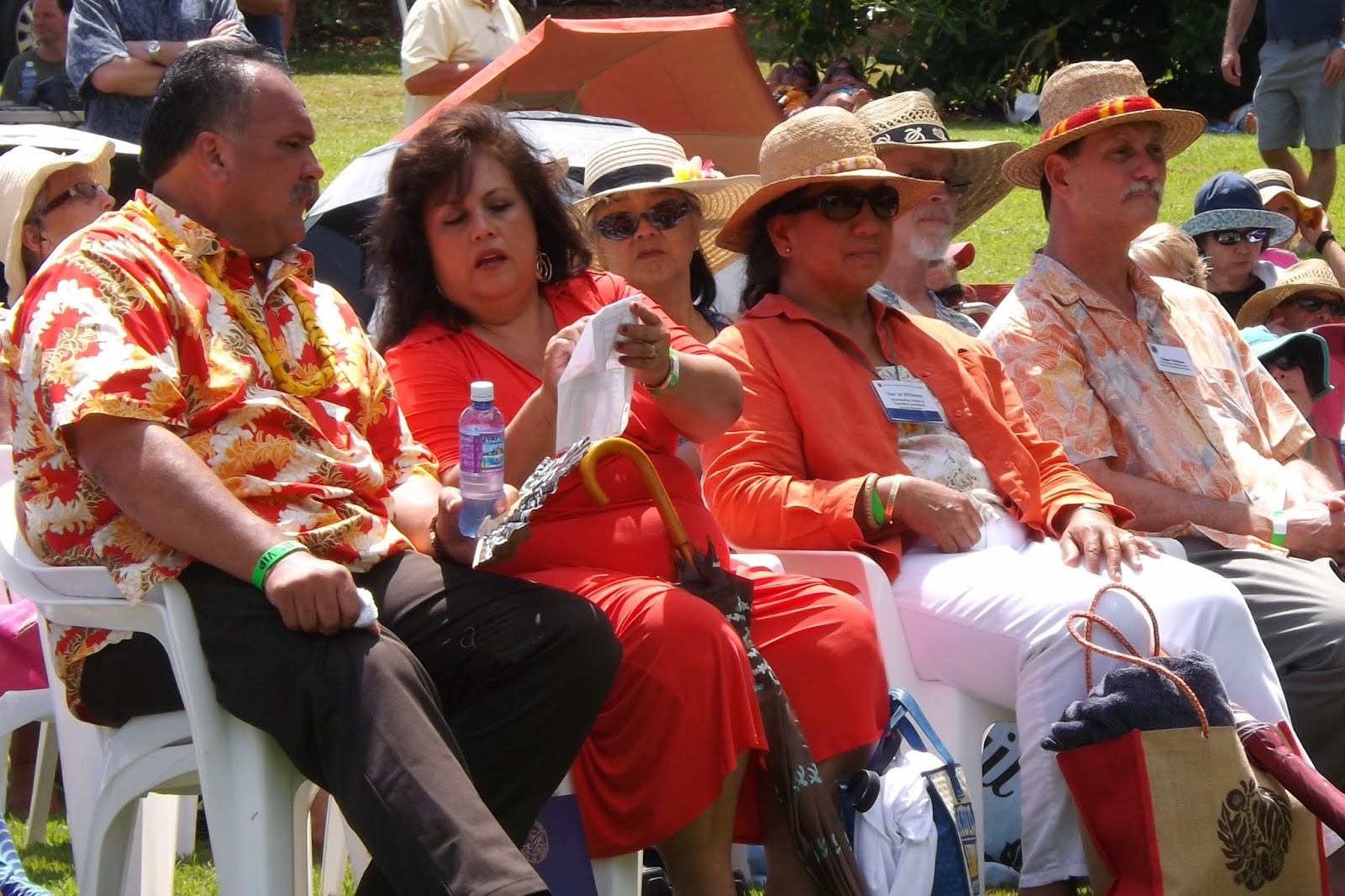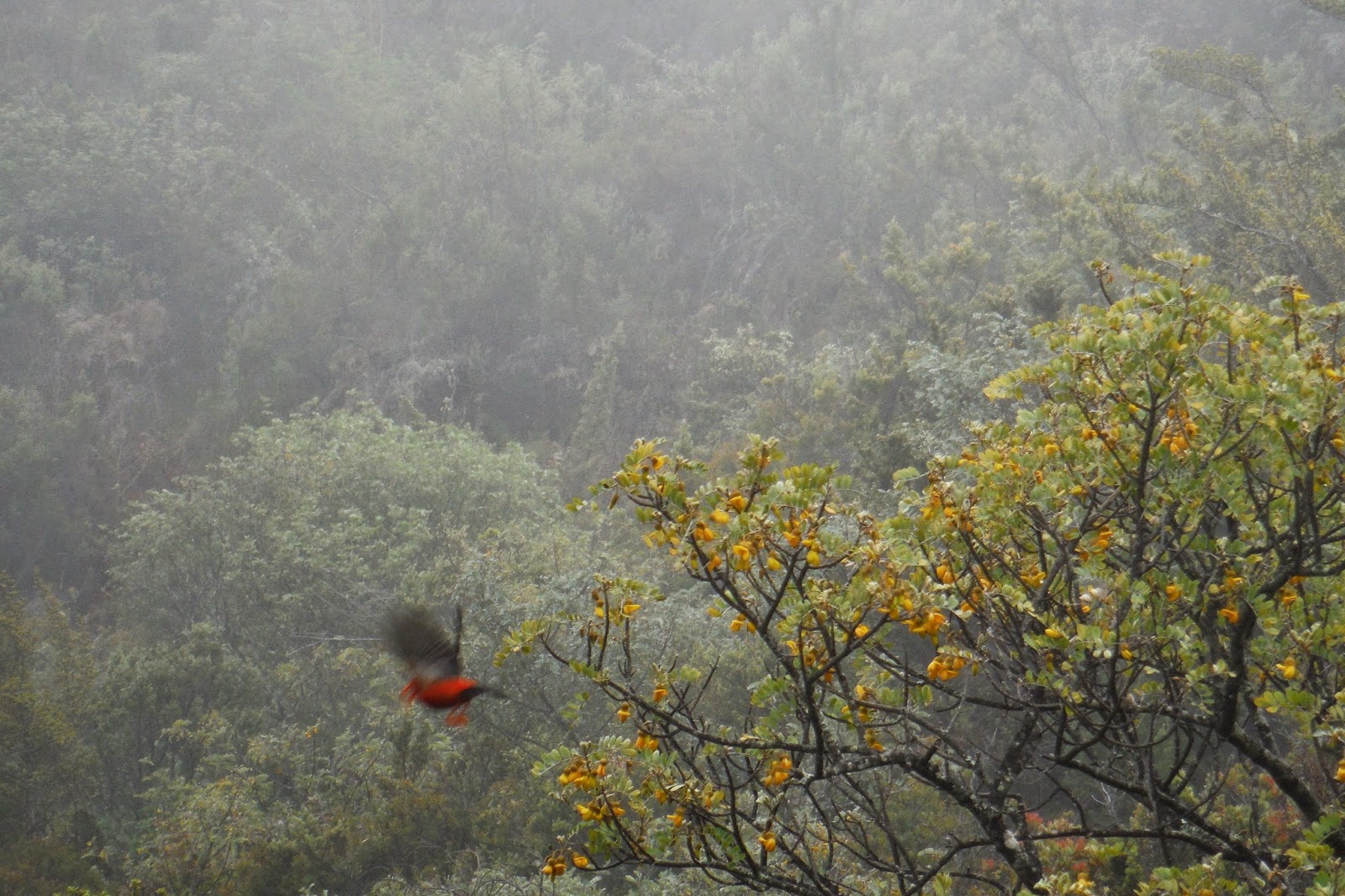National Tropical Botanical Garden Research
In
March Gil and I were invited to have lunch with Chipper Wichman, CEO of National
Tropical Botanical Garden with Kathy Valier and her husband David Speer. Chipper has been in charge of NTBG for 38 years. And
while we had visited the garden many times, we had never spent time in the
research and administration building that includes the library.
NTBG Headquarters Complex
Call (808) 332-7324, ext. 227 for viewing information
NOTE: to tour the garden go
to the entry in Poipu just across from Spouting Horn
Currently
there is an exhibit of 30 prints of drawings done by Joseph Banks who was the
naturalist/botanist on the first of Captain James Cook’s three voyages to the
Pacific. The sketches he brought back to
England
Not
only did we get to see the exhibit of 30 of them in the main library (open to the public), we got to go into the archival, climate controlled room
that houses the rare book collections.
It takes three people to get in:
two people with separate keys turn locks on the door while another
person punches in a key code some distance away.
Chipper showing us samples of his treasures
We actually handled this book written in the 1100s
Joseph Banks engravings in large
green portfolios at far right
Chipper
gave us a synopsis of the saga of a Dutch botanist and author named Rufious that Gil and I had read about some
time ago. In the early 1700s he was not expected to live so he traveled far from home to die. His health improved and In the process he completed an exhaustive
botanical work that was ultimately lost at sea.
With benefit of a photographic memory he rewrote it and that second manuscript was burned up in a fire. He then
became blind and Rufious' son rewrote it a final time as his father dictated. In hopes of his work getting published, they
gave it to the Dutch government and he finally did die. The government however did not want to share
the knowledge with their competition – the British and Portuguese marine traders, so
they hid it from the world.
Somehow,
hundreds of years later, NTBG acquired the book with the drawings and a text in
both archaic Dutch and Latin; they needed a translator. The scholar who took on the job was a great
fan of Rufious and moved to Kauai for the
work. He was then diagnosed with cancer
and given three months to live.
Considering the story of Rufious, he refused his own death sentence and
spent the next ten years translating it.
Upon the news that Yale Press agreed to finally publish the book, he
died. This was no small undertaking – the current version is six volumes!
The Ambonese Herbal Vol. 5
New on left, version on right is archaic Dutch in one column and Latin in the other
Following a few more stories, we toured the architectural marvel of the administration buildings. Then Mike DeMotta took over, head of the native plant division for NTBG, our outdoor tour starting with the mist house. (See post June 2013.) It was great to be here again.
A far cry from the humidity controlled room in the
library, the mist house tries to recreate the ambient humidity that occurs in
the island rain forests at higher elevations.
Mike DeMotta and Kathy Valier
Mike's mist house
Kathy does weeding and native planting at mountain tops where she is helicoptered in,
very familiar with many of these plants
These are individually known plants, who collected the
seed and where, and approximately how many are left – anywhere in the world –
sometimes a handful sometimes the only ones left are right here.
Mike was particularly excited about this one flowering
for him. Flowers mean potential seeds,
seeds mean potential new plants.
Flowering between leaves at top
Detail of the flowers
CONCERT IN THE GARDEN
So it was pretty cool to find ourselves at the 50th anniversary of National Tropical Botanical Garden's concert just a month later. Hawaiian slack key guitar should be heard outside, in the sun or under the trees - everyone free to wander around.
The Legends L to R
Ledward Kaapana, Benny Chong, Nathan Aweau (standing behind)
Jerry Douglas center, Jeff Patterson behind, Mike Kaawa, Ken Emerson
Chipper Wichman thanking Kauai
Gil & Marion
Marion surprised us with the tickets since our mutual friend was coming into town (below)
Siglinde arrived from Santa Fe late the night before the concert
Orange seemed to be the color of the day!
Chipper Wichman on right, Mayor Carvahlo on left with wives between
Governor Abercrombie was also at the event
Part of the 1000 people at the concert
Parking was easy and we were shuttled back and forth
Another part of the crowd
There were food booths, trash was recycled with a Zero Waste policy, yeah!
But we all really came for the music
Jerry Douglas playing dobro
the instrument is derived from the Hawaiian lap steel guitar
His first performance in Kauai was met with loud approval.

























































